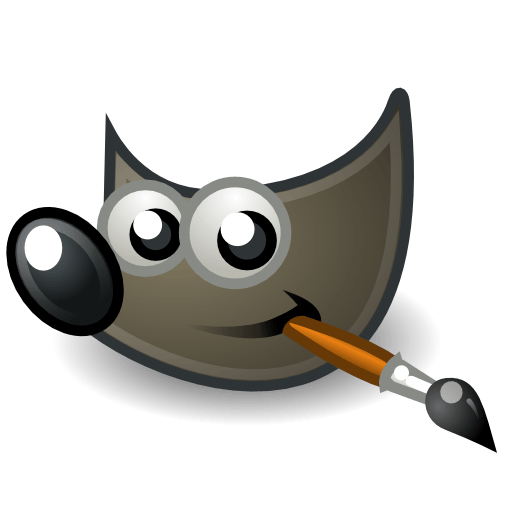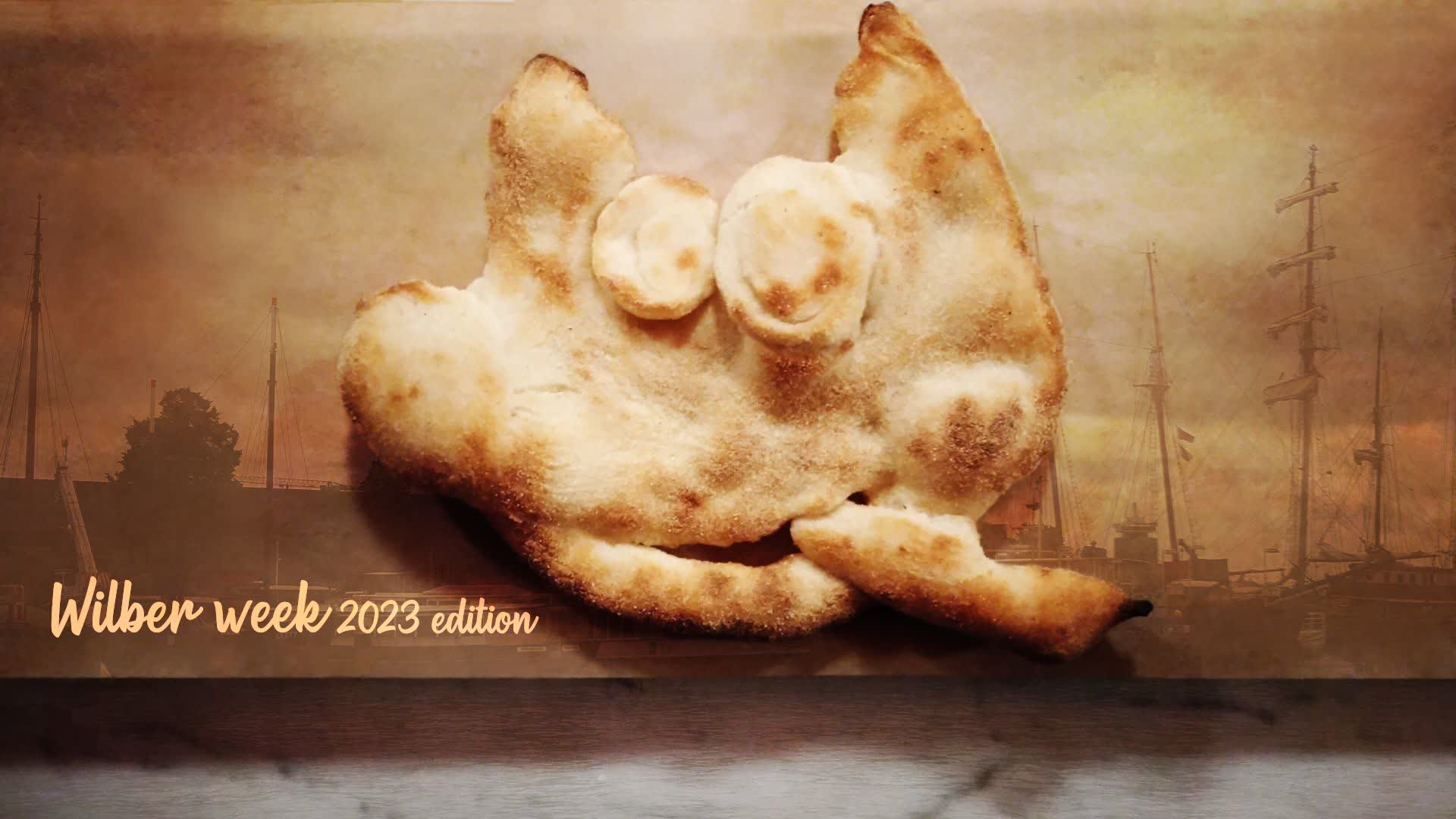GIMP is a freely distributed piece of software for such tasks as image composition, photo retouching and image authoring. It works on many operating systems, in many languages.
You can download the latest stable version here.
GIMP is an acronym for GNU Image Manipulation Program. It is a freely distributed program for such tasks as photo retouching, image composition and image authoring.
It has many capabilities. It can be used as a simple paint program, an expert quality photo retouching program, an online batch processing system, a mass production image renderer, an image format converter, etc.
GIMP is expandable and extensible. It is designed to be augmented with plug-ins and extensions to do just about anything. The advanced scripting interface allows everything from the simplest task to the most complex image manipulation procedures to be easily scripted.
These builds are a work-in-progress. Proceed with caution because they may be unstable. If a crash does occur, please report it!
Customizable Interface
Each task requires a different environment and GIMP allows you to customize the view and behavior the way you like it. Starting from the widget theme, allowing you to change colors, widget spacings and icon sizes to custom tool sets in the toolbox. The interface is modulized into so called docks, allowing you to stack them into tabs or keep them open in their own window. Pressing the tab key will toggle them hidden.
GIMP features a great fullscreen mode allowing you to not only preview your artwork but also do editing work while using the most of your screen estate.
Photo Enhancement
Numerous digital photo imperfections can be easily compensated for using GIMP. Fix perspective distortion caused by lens tilt simply choosing the corrective mode in the transform tools. Eliminate lens' barrel distortion and vignetting with a powerful filter but a simple interface.
Digital Retouching
GIMP is ideal for advanced photo retouching techniques. Get rid of unneeded details using the clone tool, or touch up minor details easily with the new healing tool. With the perspective clone tool, it's not difficult to clone objects with perspective in mind just as easily as with the orthogonal clone.
Hardware Support
GIMP includes a very unique support for various input devices out of the box. Pressure and tilt sensitive tablets, but also a wide range of USB or MIDI controllers. You can bind often-used actions to device events such as rotating a USB wheel or moving a MIDI controller's slider. Change the size, angle or opacity of a brush while you paint, bind your favorite scripts to buttons. Speed up your workflow.
File Formats
The file format support ranges from the common likes of JPEG (JFIF), GIF, PNG, TIFF to special use formats such as the multi-resolution and multi-color-depth Windows icon files. The architecture allows to extend GIMP's format capabilities with a plug-in. You can find some rare format support in the GIMP plugin registry.
Thanks to the transparent virtual file system, it is possible to load and save files to from remote locations using protocols such as FTP, HTTP or even SMB (MS Windows shares) and SFTP/SSH.
To save disk space, any format can be saved with an archive extension such as ZIP, GZ or BZ2 and GIMP will transparently compress the file without you needing to do any extra steps.
What's New
Closer than ever to a release candidate for GIMP 3.0, we introduce the latest development version: GIMP 2.99.16. This news covers some of the more noteworthy or interesting parts of this update and we are very happy to be able to showcase these.
GTK+3 port officially done
GIMP 3.0 has been known as the GTK+3 port version, so you will be happy to read that this port is finally over. To be fair, we still have a few minor deprecation warnings here and there, but nothing like the hundreds we used to have.
Multiple shortcuts per action
The new Glib/GTK+3 actions make it possible to assign several shortcuts for a single action. For the time being, the shortcut dialog doesn't allow you to do so, yet we already use this ability internally for default shortcuts. For instance number keypad keys are not the same as the ones from the number key row so we used to create a duplicate action doing the same thing to support both (because for most people Ctrl-1 should work the same whether from keypad or top row). Now we can just assign both variants to a same action.
As another example, it is now possible to support the special semantic media key (such as media key Copy, Cut and Paste which can be found on some keyboards).
An updated shortcut dialog allowing you to set your own multiple shortcuts might not come for GIMP 3.0, though hopefully not too long after.
Action Search improvements
Now that we have our own action wrapper, we made so that it also tracks its own menu position, so that we can show this menu path in the action search dialog. This will help people who prefer menus to better find their ways.




